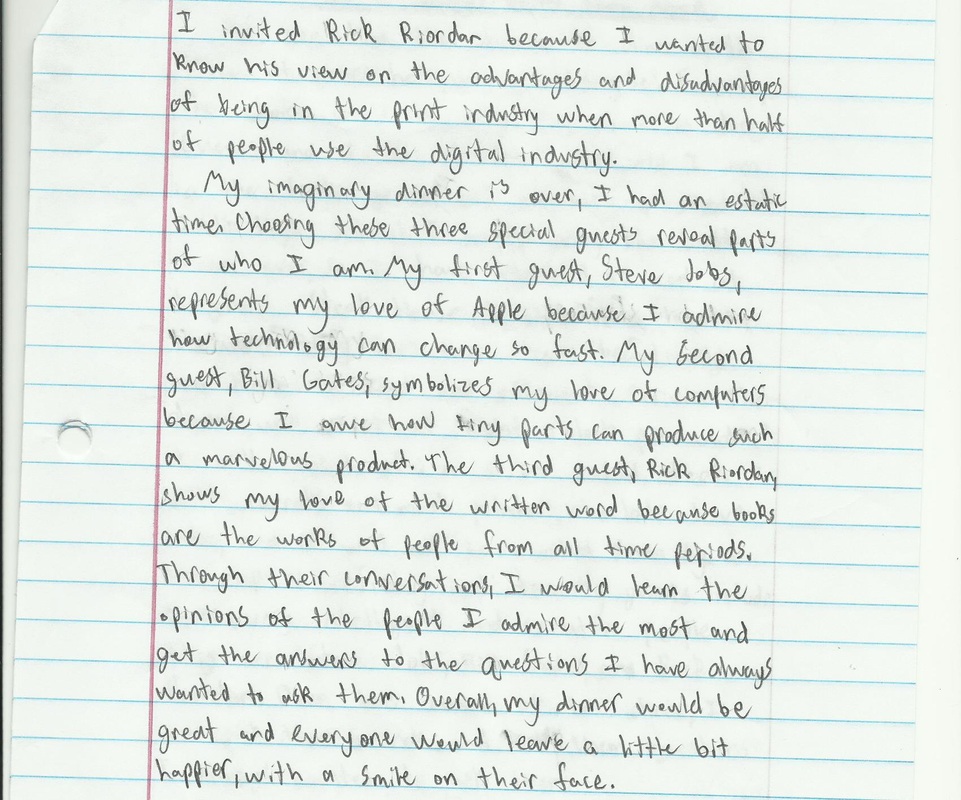


You may surprised at what you realize as you write freely about the topic. Often, freewrites are also a good way to generate content that you can use later in your rough draft.For example, if you were writing an essay about the death penalty, you may use the prompt: “What are the possible issues or problems with the death penalty?” and write about it freely for ten minutes.You should then try to not take your pen off the page as you write so you are forced to keep writing about the subject or topic for the set period of time. Freewrites often work best if you give yourself a time limit, such as five minutes or ten minutes.Freewrites are a great way to get your brain warmed up and ready to write. Or, you may focus on describing the subject or topic in the freewrite from the perspective of your main character if you are writing a creative piece.

You may use the essay question assigned to you by your teacher as the prompt for the freewrite. Get your creative juices flowing by doing a freewrite that focuses on the topic or subject of your paper. Instead of nitpicking, concentrate on cementing your undeveloped ideas.Do a freewrite about the topic or subject. After the initial draft, finessing the technical, finer parts of writing like word choice and syntax is easier, so compartmentalize and keep them for later. This is because focusing on finding the appropriate word or double-checking your grammar implies that you’re not looking at the overall picture. The purpose of a rough draft, as previously said, is to get all of your ideas down on paper, not to write everything perfectly on the first try. Allowing oneself to write clumsily is the most crucial tip for producing rough drafts. Now you may confidently begin your first draft. Consider your outline to be the rough draft for your rough draft-a map of where everything will go. The outlining phase follows brainstorming and is critical for arranging your content and putting everything in a logical order. While you’ll come up with new ideas as you write the rough draft, it’s always a good idea to gather as many as you can ahead of time. Whether it’s fresh ideas for fiction or supporting evidence for nonfiction, starting with the brainstorming process is critical for extracting and organizing all of the stuff you want to put in your writing. To begin with, the first draft is not the first step.

Certain defects, like organizational issues or plot gaps, aren’t obvious until they’re written down. Finding the right term and arranging pieces in the ideal order is considerably easier after you’ve completed the first draft, although doing so without one can be quite difficult and time-consuming.Ī rough draft also aids in the identification of problematic areas that are difficult to recognize through outlining and brainstorming alone. The ultimate purpose of your rough draft is to get your thoughts down on paper and give yourself a place to start. Remember: It doesn’t have to be perfect it simply has to be. When approached with the appropriate perspective, the rough draft might assist in overcoming these challenges by relieving pressure. Even if you have a knack for stringing words together, you’re not immune to the worries that plague all writers, such as impending deadlines, creative blockages, or a variety of personal issues. We know that writing is a difficult process. Because it involves the majority of the actual “writing,” it’s frequently the most time-consuming and laborious phase. The rough draft is step three of the five-stage writing process that is recommended. The aim is to have a substantial amount of your project written first, then worry about the issues later. A rough draft is never meant to be perfect it’ll be riddled with grammatical errors, poor choices of words, and structural flaws. It serves as a foundation for the final product. A rough draft, often known as a first draft (or, according to some experts, a “sloppy copy”), is an unfinished piece of writing that represents your first attempt to put all of your thoughts on paper.


 0 kommentar(er)
0 kommentar(er)
